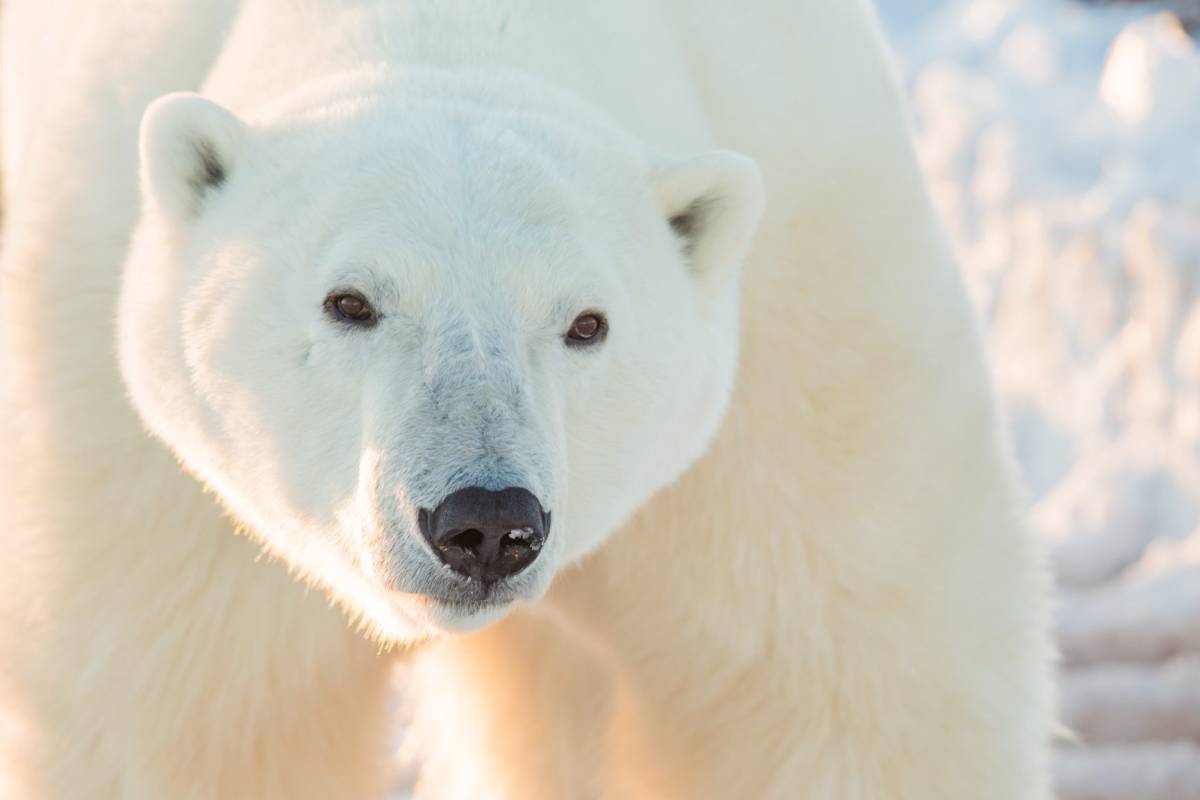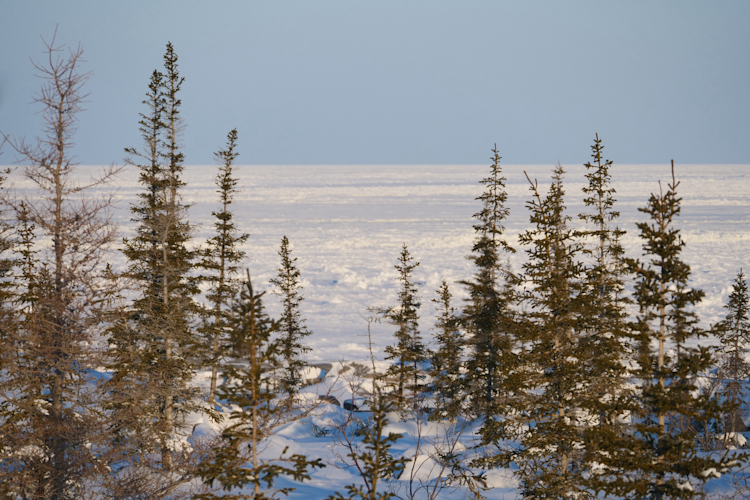
Photo: Craig Taylor/Polar Bears International
Polar Bear Attacks
MINS
19 May 2021
“The likelihood of being attacked by a polar bear is very low. There are only one to three instances a year, worldwide.”
It's important to remember that polar bears are very curious. In a world of ice blocks and snow, anything else gets their attention.
Attack circumstances are often related to the way people are camping or to people predisposing themselves to a problem. And with more polar bears driven ashore as the sea ice melts, the chances for encounters increase.
A campsite is an attractive nuisance. It often has bright-colored tents, unusual odors and sounds. A polar bear is an animal that routinely investigates its environment. If you haven’t taken proper measures, you are at risk.
Some attacks happen at night. Bears come in to investigate when there is no movement or sound. They are typically risk averse, so they wait until it’s quiet to let their curiosity take over. The town of Churchill, for example, sits on the polar bear's migration route and is a huge attractant, filled with novel things. A lot of bears have never seen a building and they are somewhat emboldened to investigate.
As a species, we humans are smart enough not to put ourselves at risk, but sometimes we don’t take the proper precautions. We can’t be surprised when bears do what they do. The attacks I’ve researched generally are not from sick bears, or bears on the edge nutritionally, they are the result of bears being bears.
To avoid or survive an attack, first, never go into bear country without a deterrent—a non lethal option like flares or bear spray, a firearm or both. Bear spray, also called pepper spray or capsicum deterrent, is a form of pepper spray used as a tool to minimize injury due to bear-human conflict. It is sprayed at a bear within close range and burns its eyes, nose, and mouth, but causes no lasting damage.
Bear spray is 98 percent effective in all bear cases I studied and has shown promise with polar bears. In two instances of curious polar bears approaching, the bears were deterred by the spray. There's no reason to think that pepper spray would be less effective on polar bears than on other bears. There are only three cases where a person had bear spray and was still mauled (none of these were fatal).
Firearms are 76 percent effective, but people aren’t trained to shoot something that is chasing them down and trying to eat them. Culturally, it is more difficult to get people to carry bear spray instead of a firearm, even though bear spray is more effective and easier to use.
Signal flares are also very effective if the bear is outside of bear spray range (about 20 feet). Signal flares have a 300-foot reach and are waterproof. Bears have a problem with screaming fireballs; that almost always settles it. Handheld flares are also quite effective but of short duration.
Second, if you must go out at night in polar bear country, carry a deterrent, don’t go outside in bear country while under the influence of intoxicating substances, and pay attention to your surroundings. Remember, the risk of getting in trouble is much greater at night.
Third, if camping, string an electric fence or perimeter wire alarm around your camp. An electric fence or tripwire system costs as little as $100 USD, which is a lot less than the value of all the stuff in a camp and certainly of your life.
Why wouldn’t you protect yourself? The odds of a polar bear attack are low, but they aren’t zero.
Answered by Dr. Tom Smith, Professor of Biological Sciences at Brigham Young University and a scientific advisor to Polar Bears International.

Photo: Jenny Wong
Meet Our Scientists
With researchers based in the U.S., Canada, Denmark, and Norway, our impact spans the circumpolar Arctic.
















